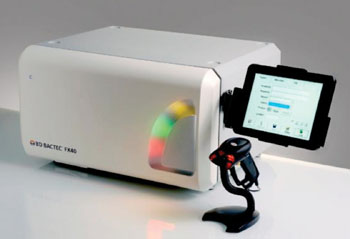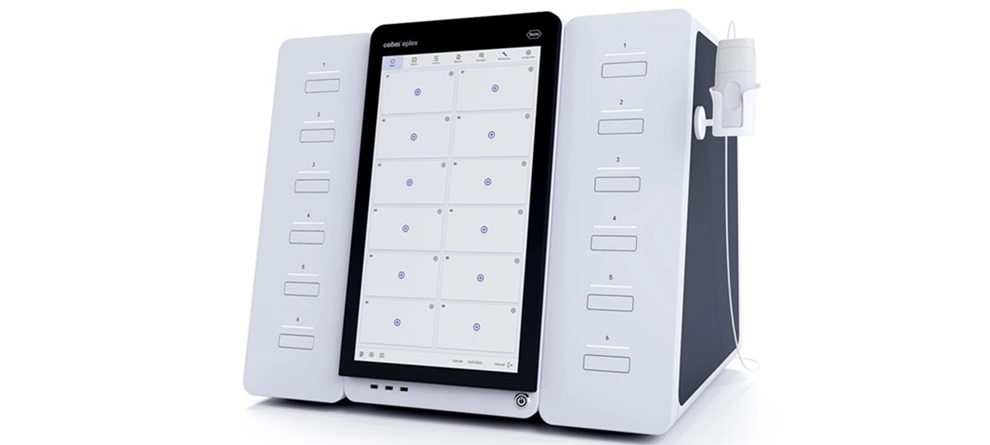Positive Blood Culture Removal Time Significantly Decreases Processing Time
By LabMedica International staff writers
Posted on 19 Feb 2015
Timely processing of blood cultures with positive results, including Gram staining and notification of clinicians, is a critical function of the clinical microbiology laboratory. Posted on 19 Feb 2015
Although empiric administration of antibiotics is critical, targeted therapy based on actionable data from the clinical microbiology laboratory must be implemented as soon as the data are available as inadequate antimicrobial treatment of bloodstream infections is associated with significantly increased mortality and, in surviving patients, increased hospital length of stay.

Image: The BD BACTEC FX40 blood culture instrument (Photo courtesy of BD Diagnostics).
Scientists at the Houston Methodist Hospital (TX, USA) performed a retrospective analysis of positive blood culture processing times. Data for specimens collected seven months before and seven months after an in-service meeting were retrieved and analyzed. In some instances, no organisms were seen on initial Gram stain after a positive alert. In those cases, the culture bottles were returned to the automated blood culture system BACTEC FX instrument (BD Diagnostics, Sparks, MD, USA) for further incubation. As the Epicenter software does not log the initial removal, the positive-to-removal (PR) time was erroneously prolonged, and these samples were excluded from the analysis.
Before the in-service meeting, the average PR time for 5,057 samples was 38 minutes. They discovered unexpectedly that only 51.8% (2,617 of 5,057) of the positive blood cultures were removed in less than 10 minutes. After the in-service meeting, for 5,293 samples, the average PR time improved to eight minutes, the aggregate time also improved, and 84.5% (4,470 of 5,293) of the positive blood cultures were removed in less than 10 minutes. These improvements reduced the time to telephone notification of the Gram stain results to a caregiver by 46.7% (from 105 minutes to 56 minutes).
The authors concluded improvement of sepsis outcomes and costs requires rapid generation of actionable data from the clinical microbiology laboratory. Vigilant monitoring of parameters such as the PR time and meticulous identification of barriers to rapid pathogen identification has the potential to continue to decrease pathogen reporting time, decrease health care costs, and decrease morbidity and mortality associated with bloodstream infections. The study was published in the February 2015 issue of the Archives of Pathology & Laboratory Medicine.
Related Links:
Houston Methodist Hospital
BD Diagnostics













